Military radar unit based at RNAS Stretton (HMS Blackcap) used by civil controllers in late 1940s to provide an ATC service over NW England. (RNAS Stretton was also a busy aerodrome see RNAS Stretton Tower. These two radar systems were both mobile aerials used at Antrobus.
Type 15
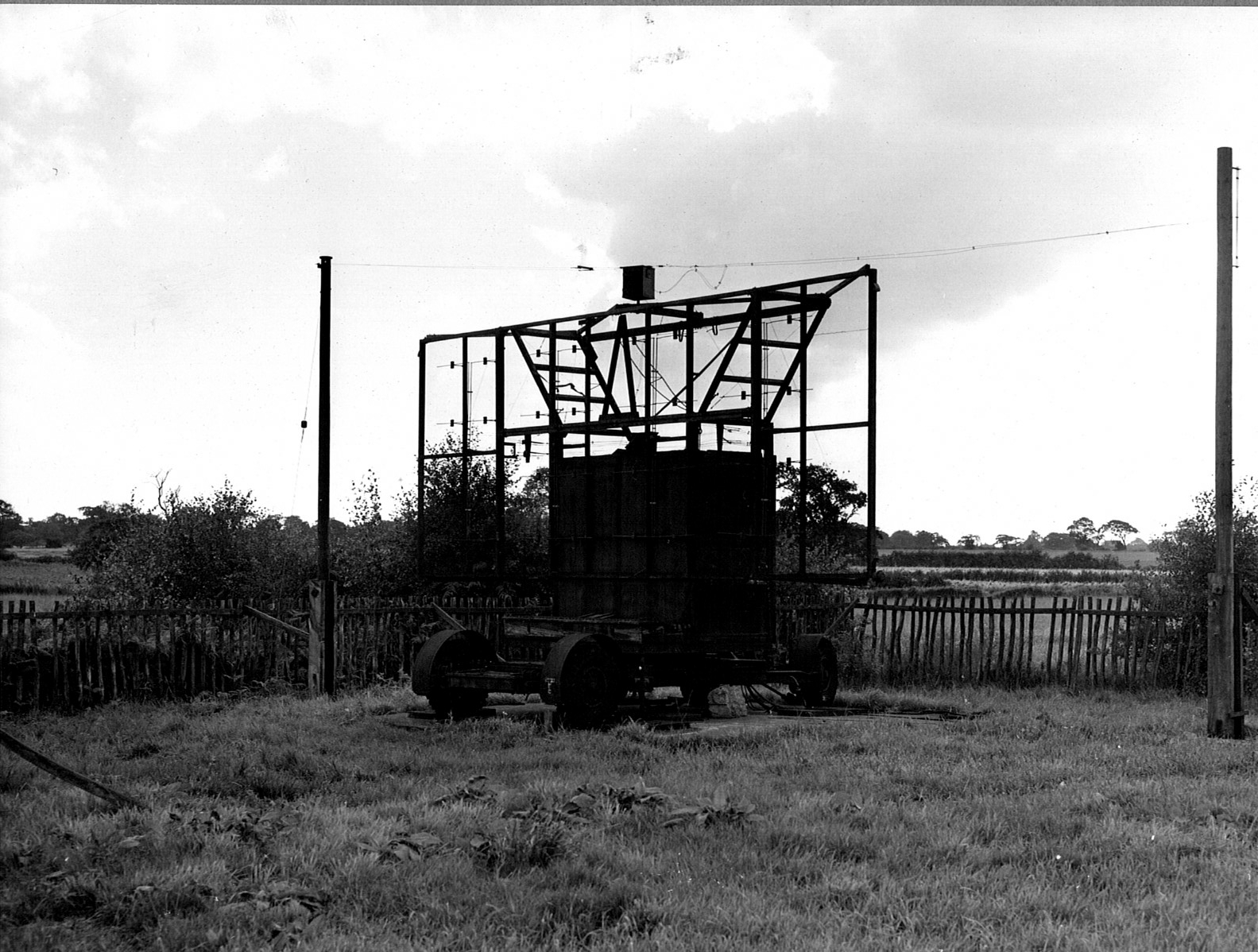
AN1
Type 57 (Admiralty NT277T Trailer set used in UK only)
AN2
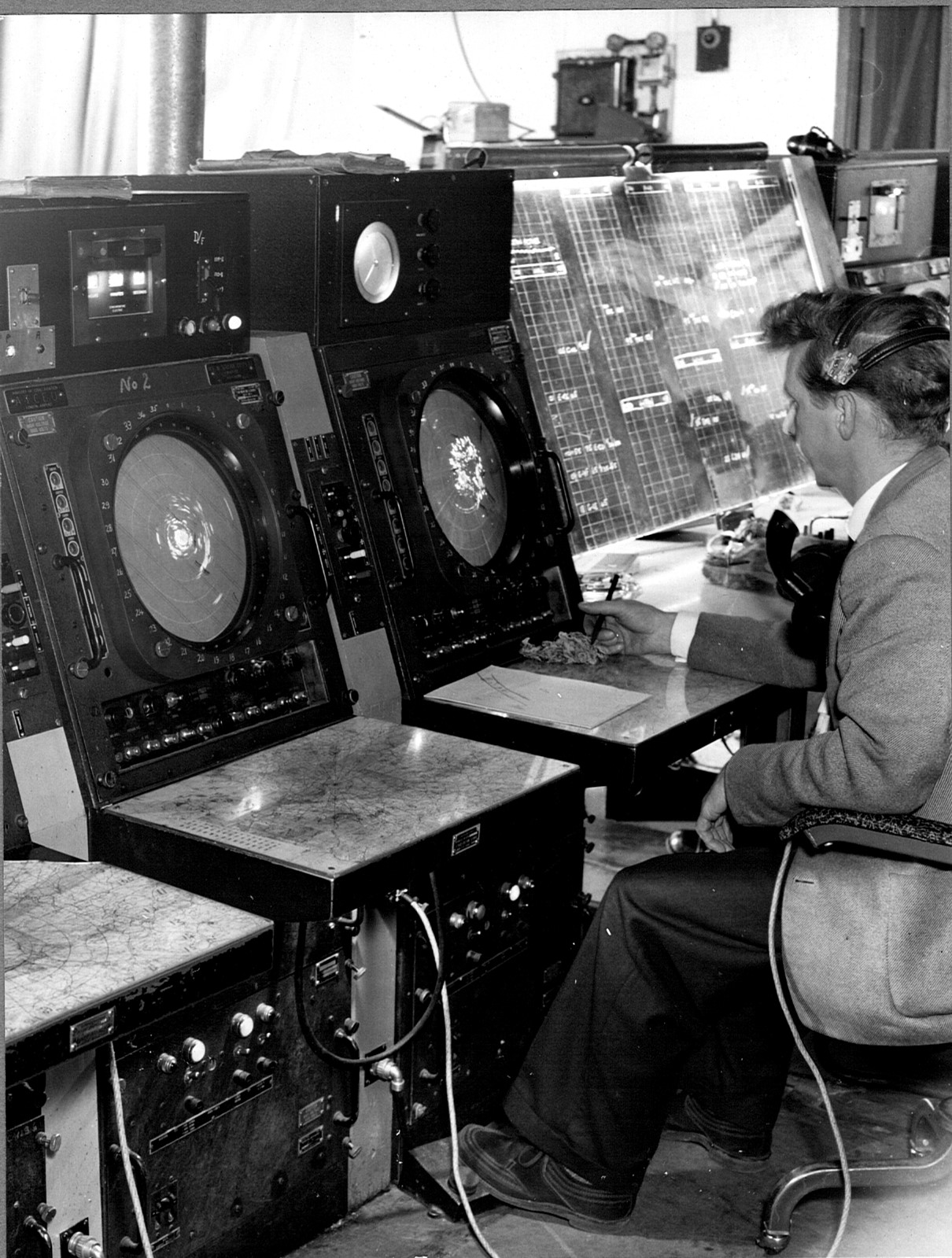
AN3 Airways Sector 1 and edge lit flight display. Left hand radar display has a strip clock (1959) Leslie Tranter
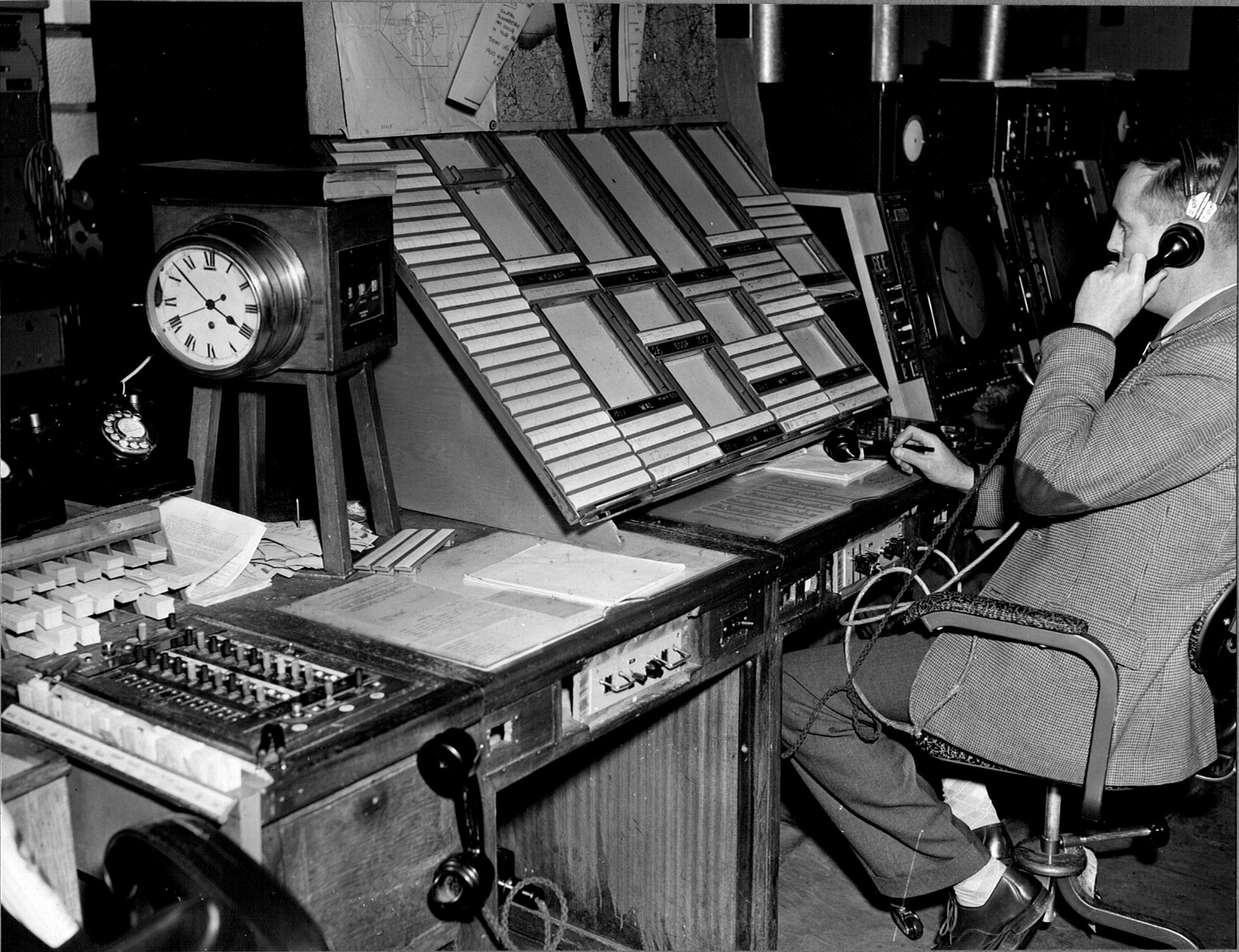
AN4 left to right; Zone, Common Reference Display, Airways Sector 2 with edge lit display beyond (1959) Leslie Tranter

AN5 Common Reference Display, and Airways Sector 2 radars with CR/DF above latter. (1959) Leslie Tranter
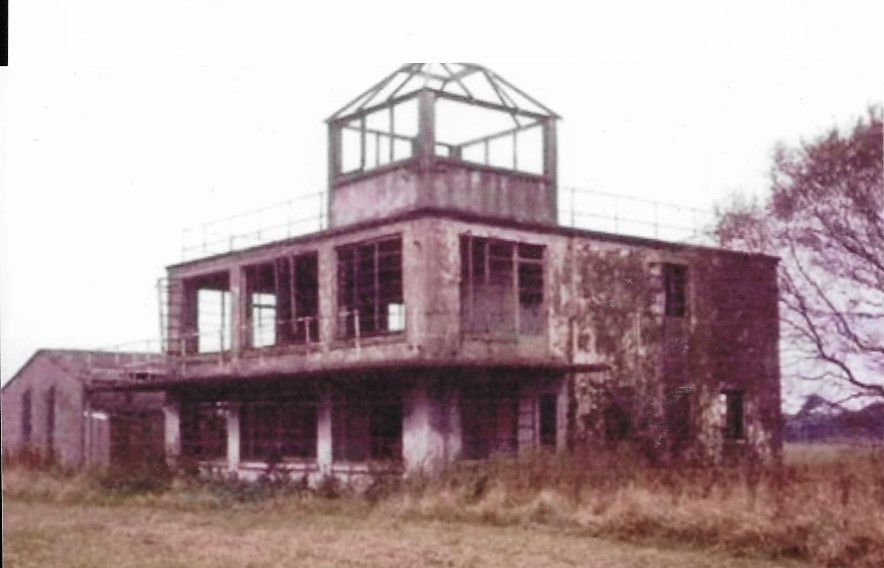
AN6 disused Stretton tower
extract below is from Fleet Air Arm Naval Air Stations RNAS (fleetairarmoa.org)
BLACKCAP
RNAS Stretton, Cheshire, Warrington, Lancs. Commissioned as HMS BLACKCAP 1 June 1942. Paid off 4 November 1958 and Care & Maintenance 31 December 1958 under HMS SANDERLING.
One of the lesser known functions carried out by personnel at the Royal Naval Air Station Stretton, HMS BLACKCAP, was the manning of Northern Radar at Antrobus, Cheshire. The geographical location of RNAS Stretton, is situated in the middle of “Controlled Airspace”, namely, “The Manchester Control Zone”. This airspace, or zone, is a specific area determined by height from ground level to a designated level and covered several airfields, Manchester/Ringway, English Electric’s field at Barton/Blackpool, USAAF at Burtonwood, Liverpool/Speke, Southport/Burscough, de Havillands airfield at Chester where Royal Navy Sea-Venoms were built and delivered to RNAS Stretton by Rochester Transit civilian ferry pilots. All this within its dimensions where conflicts of movement could and often did lead to near misses.
RNAS Stretton was mainly, but not entirely, a weekend flying station with RNVR aircrew. This tended to increase the normal air traffic in the area alongside traffic going into the previously mentioned airfields. In addition to this local traffic was the additional problem of the main North/South air corridor of the United Kingdom “Airway Amber One” which passed directly through the middle of this zone. This airway was used almost exclusively for transatlantic flights entering and leaving UK airspace. In order to inject some kind of safety into this amalgam of differing aircraft types, heights and speeds, a joint Royal Navy/Ministry of Civil Aviation Radar Control Unit was established at Antrobus, Cheshire, named “Northern Radar”. This facility was situated a few miles south of the Stretton airfield on remote farmland.
The prime function of Northern Radar was to facilitate the safe and expeditious flights of both military and civil air traffic within The Manchester Control Zone. The civilian air traffic controllers task was to effect an efficient and safe flow of air traffic into and out of Manchester/Ringway and LiverpoollSpeke airports. The USAAF airfield at Burtonwood only used Northern Radar on a “need-you-when-I-need-you” basis, only calling for assistance when they felt the need arose due to bad weather. This was an extremely dodgy attitude knowing the ability and quality of some of the pilots. It was all very well on a clear day but you should have heard them shout for guidance when it got a bit foggy and the weather closed in!
Two types of radar were used on the site, a radar for low coverage and a radar for a higher coverage. There was an overlap between the top of the low coverage radar and the bottom of the higher coverage radar. This meant that before an aircraft disappeared from the screen at the top on the lower radar, it was already appearing at the bottom of the higher radar. This gave a positive control of aircraft at all times. This was in the days before I.F.F. (Identification Friend or Foe). There was no “Squawking” to identify the radar blip, you had to instruct the pilot to make a ninety degree turn to port or starboard to positively identify your particular aircraft. The low coverage radar was a standard Royal Navy ship Type 277. The aerial was chicken wire nailed to a large wooden frame rotated by an electric motor, very crude by today’s standards but quite effective then, after all, it was the early 1950s. The controllers presentation in the Ops Room was on a P.P.1. (Plan Position Indicator) cathode ray tube with the familiar rotating sweeping arm on a circular TV type screen. The high radar was a Type 15 and of a similar construction to the Type 277. Its presentation in the Ops Room was a little different. This was an “A” scope presentation with the aircraft being displayed as a blip on a vertical pulsating line in the centre of the screen. The side lobes coming off the central line indicated the aircrafts height. All very primitive by today’s standards but it made flying within The Manchester Zone a lot safer.
Communications, however, were rather more modern. Each controller had a direct “talk-back” to his opposite number at both Manchester and Liverpool by means of a small directly switchable loudspeaker/earphones as required so that they could liaise for inbound and outbound flights. The Royal Navy Controllers, likewise had similar facilities to the airfield at Stretton and they sat side by side with their civilian colleagues working together to identify each other’s aircraft. All Royal Naval aircraft getting airborne from Stretton had to transfer to Northern Radar Radio Frequency for clearance through the Manchester Control Zone for onward routing to their destination. They were then given clearance to the edge of the zone providing the radar coverage was sufficient. The radars were not very high powered. Maintenance of the equipment was the responsibility of the Ministry of Civil Aviation and there were several technicians on site with full workshop facilities to keep this “Heath Robinson” circus serviceable. Great reliance was placed upon Northern Radar. The serviceability and operational status of the site was of the utmost importance as any “down-time” caused considerable congestion at Manchester and Liverpool.
The Royal Navy personnel, (myself included), came to the site daily from the Stretton airfield whilst the civilian personnel came over from Manchester on a daily basis by mini-bus. There were normally four civilian controllers plus two assistants and on the Royal Navy side two controllers and two assistants. The Royal Navy officer in charge was Lt. Cdr. Maurice Graham, with second in command Lt. (Kit) Carson.
Unfortunately very little is left of the radar site today. It is run down, being used as a cowshed with chickens running in and out of the old control room. The whole complex is ankle deep in farmyard mud with broken windows in the buildings. The radars which were mounted on turntables on trailers have all gone. There is little to identify the place as to what it used to be but it did serve as a very important feature for safe flying for Military and Civil aircraft in the early 1950s.
Article written by Donald C. MacGregor, Aircraft Handler/Air Traffic Control/RNAS Stretton and Northern Radar, Antrobus, Cheshire.

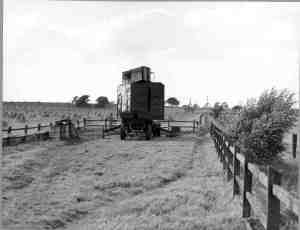
Part of RNAS Stretton is now Thorn Cross Prison, the M56 uses part of the main runway. But some of the airfield is used by microlights.
LikeLike
Just out of interest, when did Antrobus and Hack Green close.
By the way in the narrative, one of the airports served was Warton/Blackpool not Barton/Blackpool.
LikeLike
Thank you for that interesting piece of aviation and social history. I started in ATC at Prestwick airport in 1971 and one of our ex wartime Controllers, Andy Anderson, used to talk about Antrobus. I could never figure out what it was or where it was. Andy never really talked about it as Northern Radar so I didn’t make the connection. I wonder if Antrobus was the posting for the civil ATC staff ?
The social history is of course the reminder that the civilian staff arrived by minibus for each shift. I doubt if any of them ever expected to own a motor car such was the low pay and poor conditions of those days. I was always told that until the Radley report in the early 60s most Controllers went to work on the bus or by bicycle.
LikeLike
I was an ATCO cadet at Lindholme in 1969. Some of the ATC staff went from Antrobus, to Hack Green and then Lindholme – all Northern Radar and maybe one or two even went on to Eastern. At some stage the civil Antrobus radar service was called Mersey Radar, maybe this was the lower/earlier service?
LikeLike
Quite correct. I worked Antrobus 1959/60 then went off to open Hack Gren Jatcru. The bus Manxhester APT to Antrobus had the side torn out on one trip when it hit a tractor on a narrow lane…….
LikeLike